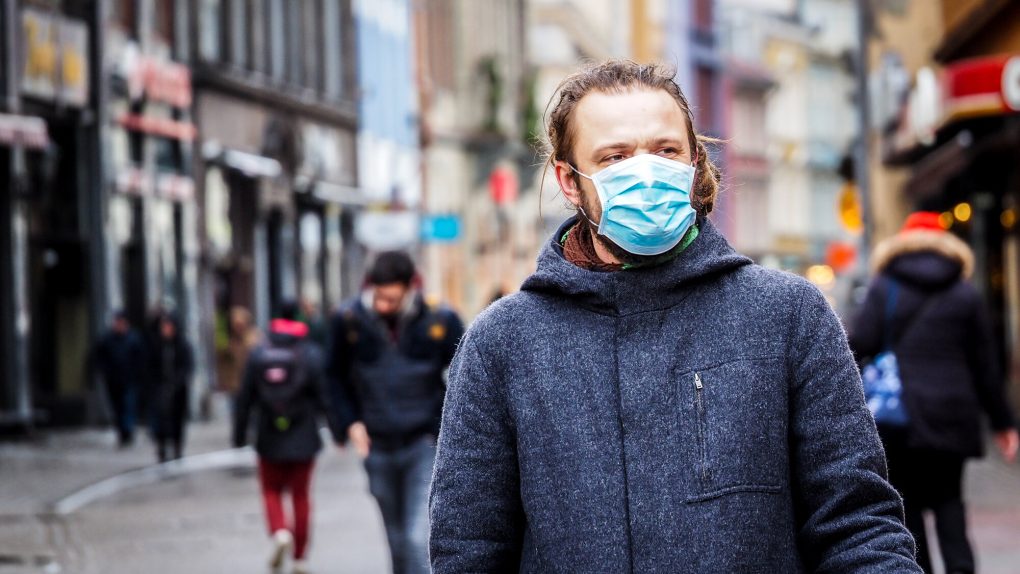- Scientists have created an “ultrapotent” coronavirus vaccine candidate that might deliver a better immune response than other COVID-19 vaccines — and they did it all using computers.
- The nanoparticle vaccine candidate developed at UW Medicine delivers a more powerful immune response than other vaccine technologies at a much lower dose.
- The researchers also say the drug may provide protection against coronavirus mutations, and it might be easier to produce and store than other vaccine candidates.
Out of the hundreds of coronavirus vaccine candidates in the works worldwide, a handful will complete the final stage of clinical testing in the coming weeks. The experimental drugs that show they’re effective and safe will then move to the next phase, emergency use authorization. This will allow governments to start the first COVID-19 vaccination programs to target at-risk populations, including healthcare personnel, frontline workers, and the elderly. Mass-immunization campaigns will not even be possible for several months as production ramps up. But even if all the frontrunners fail to show efficacy, safety, or both, hope is not lost. Plenty of other vaccine candidates are waiting in the wings, several of which are just a few months behind in terms of a timeline.
Researchers from the University of Washington School of Medicine in Seattle have designed a nanoparticle that’s supposed to display as many as 60 copies of a key section of the coronavirus spike protein used to infect cells. They say in their research paper that the resulting vaccine can generate an even better immune response than we’ve seen in patients who survive COVID-19, and also better than competing vaccine candidates. What’s more, they did it all with computers.
The researchers did not use the entire spike protein of the virus. Instead, it’s 60 copies of the spike’s protein receptor-binding domain that is displayed on the outside of the particle. The scientists used “structure-based vaccine design techniques” that were invented at UW Medicine, which allowed them to create a self-assembling protein that looks like the one in the illustration below. The vaccine’s molecular structure mimics the appearance of a virus, which may explain the improved immune response.

The vaccine produced neutralizing antibodies in mice at levels 10 times greater than the response seen in people who recover from COVID-19 and produced their own antibodies. The scientists compared their vaccine candidate to drugs featuring the soluble SARS-CoV-2 spike protein, which is common for many of the leading coronavirus vaccine candidates. They discovered that the nanoparticle vaccine produced 10 times more neutralizing antibodies in mice than competing ideas, even at doses that were six times lower.
Those neutralizing antibodies targeted several sites on the spike protein when deployed in a nonhuman primate. This feature could ensure that the vaccine remains viable even if SARS-CoV-2 mutates in the near future. Additionally, the vaccine induced a B cell response that is also an objective for some coronavirus vaccine candidates. Those immune cells play a role in remembering past pathogens so the immune system can mount a response even after the initial neutralizing antibodies disappear.
“We hope that our nanoparticle platform may help fight this pandemic that is causing so much damage to our world,” Neil King said. “The potency, stability, and manufacturability of this vaccine candidate differentiate it from many others under investigation.” King is the inventor of the computational vaccine design technology at the Institute for Protein Design.
Getting a vaccine past Phase 3 is just one of the challenges vaccine makers have to figure out. Manufacturing enough doses and ensuring the safe transport of the drugs are other problems that need quick solutions. Some of the frontrunners need to be stored at very low temperatures beyond freezing, even during transit. Of note, this new ultrapotent vaccine might not suffer from the same problems. If it’s effective at lower doses and stable at higher temperatures, the University of Washington vaccine might be easier to deploy than other candidates.
That said, it will be a long time before the vaccine completes its own Phase 3 trials. The university licensed the drug non-exclusively and royalty-free to two companies. Icosavax, cofounded by King, is working on studies to support regulatory filings and it initiated the FDA’s Good Manufacturing Practice. SK bioscience from South Korea is working on its own studies that would support clinical trials.
The COVID-19 vaccine frontrunners near the end of Phase 3 trials all showed promising results in pre-clinical trials and the first two phases of trials. The ultrapotent candidate will have to prove its effectiveness and safety on humans next and then complete a large Phase 3 stage of its own.
The full paper is available in Cell and the video embedded below features interviews with Alexandra Walls and Brooke Fiala, the lead researchers of the project.








